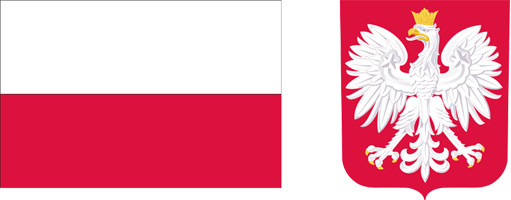Current issue
Archive
About the Journal
Aims and Scope
Editorial Board/Editorial Team
List of reviewers
Publishing process
Publishing Ethics and Malpractice Statement
Personal data protection (GDPR)
Creative Commons License
CrossRef Member / Similarity Check
For Authors
Call for papers
Guidelines for authors
Submitting a manuscript through the editorial system – step by step
For Reviewers
Peer review process
Guidelines for reviewers
Submitting a review – step by step
Contact
RESEARCH PAPER
PRODUCTIVITY SURPLUS ACCOUNT AND INPUT-OUTPUT RATIO IN AGRICULTURAL ECONOMY
1
Uniwersytet Ekonomiczny w Poznaniu
2
Uniwersytet Przyrodniczy w Poznaniu
Acceptance date: 2010-03-22
Publication date: 2010-03-22
Zagadnienia Ekonomiki Rolnej / Problems of Agricultural Economics 2010;325(4):51-68
ABSTRACT
The article presents some possible uses of the so-called global productivity surplus account integrated with input-output balance to measure transfers of economic benefits between agriculture and its environment. Using productivity surplus account method, which separates the impact of price variables on dividing the real benefits of the producer, it is possible to define in dynamic terms the directions and scale of “surplus drainage”, that is drainage of producer's benefits from agriculture to its environment. This method also allows to identify the level and time changes of the market mechanism failure, and to characterize the development dynamics of analysed sector compared to other sectors.
Results obtained by using this method have proved that in a long-time perspective failure of market allocation mechanism is observed in agriculture, which is an argument for active agricultural policy correcting market mechanism in agricultural sector. Corrective measures, consisting in, among others, budget retransfers under CAP, should aim at converging the structure of distribution of economic benefits and ownership entitlement to the resources of agricultural sector in a long time perspective, that is, taking into account at least one economic cycle.
We process personal data collected when visiting the website. The function of obtaining information about users and their behavior is carried out by voluntarily entered information in forms and saving cookies in end devices. Data, including cookies, are used to provide services, improve the user experience and to analyze the traffic in accordance with the Privacy policy. Data are also collected and processed by Google Analytics tool (more).
You can change cookies settings in your browser. Restricted use of cookies in the browser configuration may affect some functionalities of the website.
You can change cookies settings in your browser. Restricted use of cookies in the browser configuration may affect some functionalities of the website.



